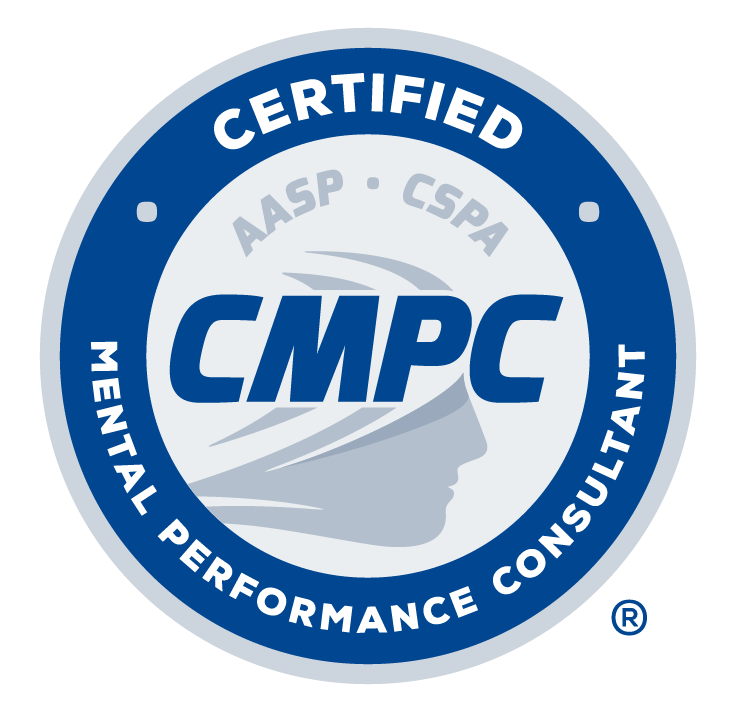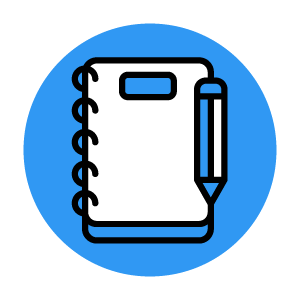With a Little Help From My Friends: Using Your Social Support Network When Dealing With Injury
Ryan Hedstrom
Manchester College
Recovering from an injury can be a difficult and frustrating process. Oftentimes during an injury, people feel isolated and unsure of what they can do to help effectively recover. One of the most beneficial tools in recovering from injury is using your social support network.
What is a Social Support Network?
A social support network is made up of your friends, family, significant others, coaches, therapists and other people you interact with on a regular basis. These individuals can be invaluable during the rehabilitation process by providing:
- A connection to your team during rehabilitation
- Comfort during the hard work of returning to play
- An understanding of the injury and what to expect from the rehabilitation process
- Support for completing day to day tasks that become difficult when injured
What Are Different Types of Social Support?
One of the benefits of a social support network is that you can gain support from individuals in a variety of ways. For instance, you might not be seeking emotional comfort from your orthopedic surgeon, but s/he could provide you with invaluable education about your injury and the rehabilitation process. Conversely, your father might not understand the details of your injury but he can provide unconditional love and support. Social support can come in a variety of forms:
- Emotional – This is the type of social support we most commonly think of with injury rehabilitation. Individuals such as family, friends, and significant others provide emotional support such as listening and advising. They help you cope with the frustrations and negative emotions of injury.
- Educational – This type of social support comes from those who help you recover from the injury, such as doctors, physical therapists, and athletic trainers. These individuals can help you cope with the injury by providing educating about the specific injury and the rehabilitation process. Coaches and teammates can also provide educational support by keeping you up-to-date on important team matters.
- Tangible – This social support provides you with the day-to-day assistance for effectively dealing with the injury. This could be in the form of rides to rehabilitation sessions, assistance with getting to classes on campus, or shopping for you. While you may not initially think of this type of support, tangible social support can be invaluable during the rehabilitation process.
How Can I Effectively Use My Social Support Network?
The first question you have to ask yourself is, “what do I need?” You may feel like you need some emotional support from friends and family. Conversely, you may decide that you need information about your upcoming surgery and rehabilitation. The next question to ask is, “from whom do I need this support?” You may decide that you really need to stay connected with teammates as both an emotional and educational social support network. Thinking about what and who you need can really help you in maximizing the support from individuals in your life! Here are some suggestions for effectively using your social support network.
Emotional
- Mobilize your friends and family to check in with you from time to time
- Have your significant other take you out for a special day
- Ask for help when you are feeling down
Educational
- Bring a list of questions to your doctor’s appointment
- Be a savvy consumer by choosing the right doctors and surgeons for you
- Stay connected to your team by participating in non-active ways
- Become active in the rehabilitation process by asking questions and learning from your therapist
Tangible
- Plan ahead if you know you will need help with mobility or sleeping arrangements
- Plan ahead for any rides or transportation you may need
- If you encounter issues that are difficult while injured, ask for help from friends and family
Although some of these suggestions may require planning and coordinating, relying on your social support network can help to alleviate the stress and frustration associated with becoming injured and navigating the rehabilitation process.




